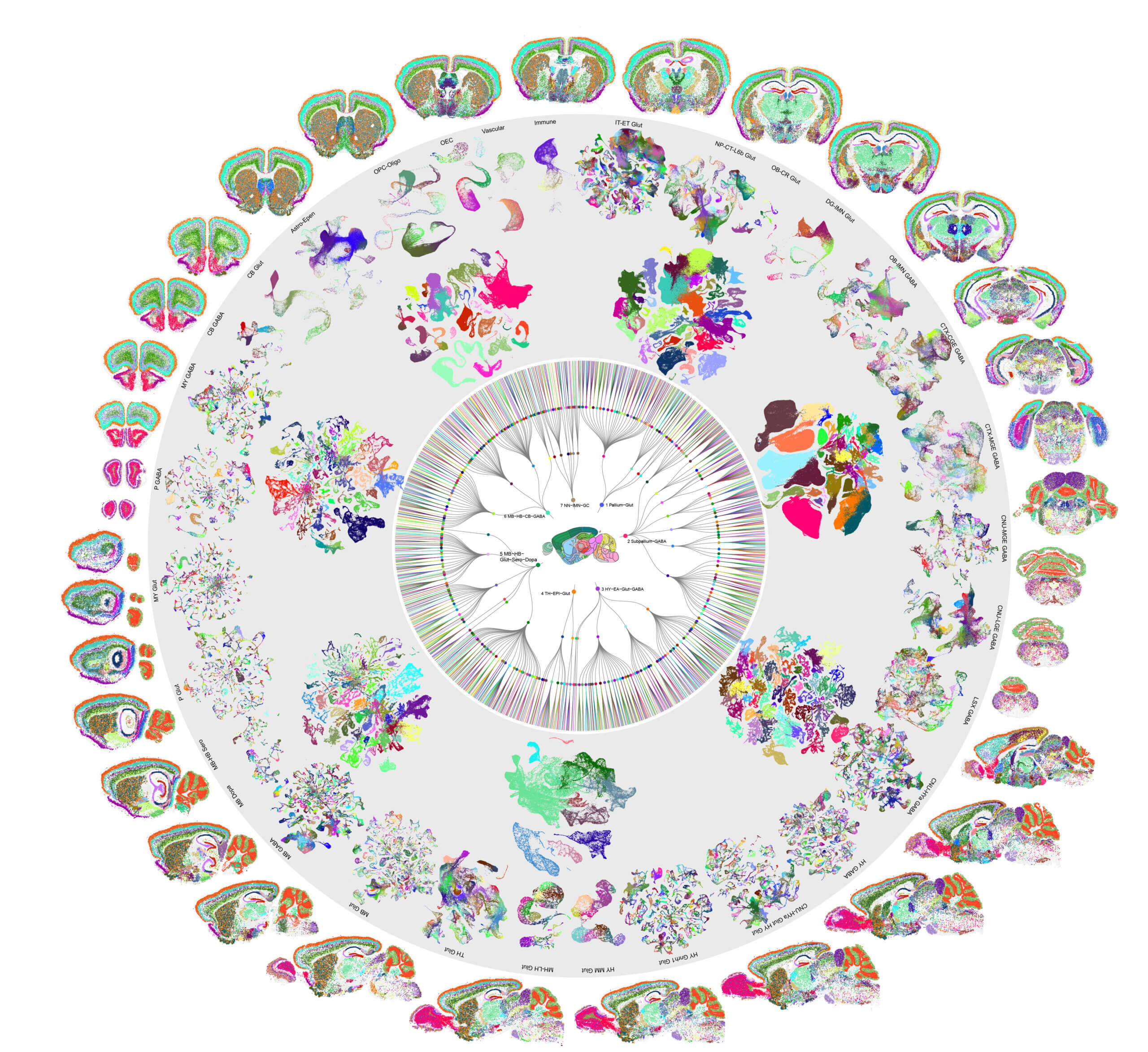Luis Puelles, neuroscientist emeritus at the University of Murcia in Spain, is in my view one of the most important neuroscientists of all time. His contributions to neuroanatomy have been vast. He, and collaborators, have mapped out the hidden molecular structure of the brain over the past fifty years. Puelles is known for the prosomeric model of the brain, and was the main architect of the Allen Brain Atlas mouse brain map.
Santiago Ramón y Cajal, fellow Spaniard and the first one to receive a Nobel Prize, was one of the first to systematically examine the brain's cells under a microscope. He called interneurons, a particular class of neurons with sweeping branches that suppress the firing of other neurons, "the butterflies of the soul".

At the end of 2023, a systematic census of neuron types in the mouse brain concluded that there are about 5,300 different types of neurons. This is a huge diversity, and begs the question of why such complexity exists and evolved.

Which brings us to a recent preprint by Luis Puelles and Rudolf Nieuwenhuys that reflects upon the finding that there are 5,300 neuron types per hemisphere. The researchers propose that there are about 1,250 microzones in the brain, from which different types of neurons emerge in different developmental eras in the embryo. These come from a combination of dorsoventral domains, neuromeres, and triple anterior-posterior motifs within neuromeres. This recursive mathematical structure is in opposition to what they call the "potato-sack morphology" in which brain nuclei are simply potatoes in sacks.



Puelles and Nieuwenhuys conclude:
The new neuromorphology presented in Nieuwenhuys and Puelles (2016) suggests in essence replacing unexplained knowledge (e.g., Figures 7a,b) by means of morphological, molecular and causal pigeon-holing of the conventional ‘potato-sack-like’ data sets. This can bring us finally to understand as predictable order the cellular adhesive, connective and functional complexity that emerges within the central nervous system (Figures 7d,e). This feasible approach should illuminate our perspective on large-scale functional assemblies of neurons and related upper-level psychological phenomena. Eventually we will glimpse the ethereal ‘butterflies of the soul’ (a poetic Cajalian concept).
It is these butterflies of the soul that neuromythography attempts to tease out of the neuroscience literature itself by building from this microzone structural foundation.



